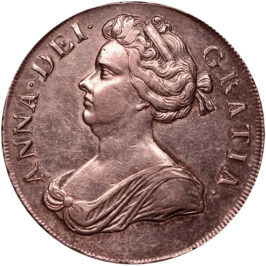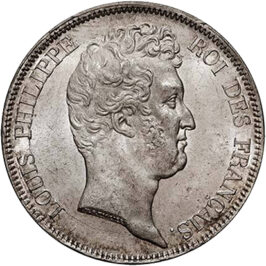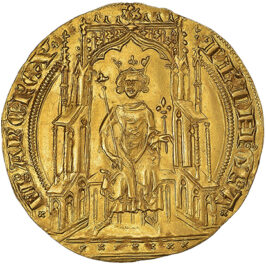Its not tough to find a topic to write about when I see all the coins that are available on MA-Shops. There is so much inspiration for my blogs but also a lot of inspiration for collectors among all those great coins!
This time I saw a coin that really got me. It was a decadrachm minted in Sicilia, Syracuse during the reign of Dionysios I The Elder. This decadrachm was signed by Euainetos. It was minted approximately in 400 BC. This coin is a real piece of art. Like The Night Watch from Rembrandt van Rijn, The Starry Night from Van Gogh or beautiful fresco’s painted by Michelangelo in Sistine Chapel. Please check the coin here below.
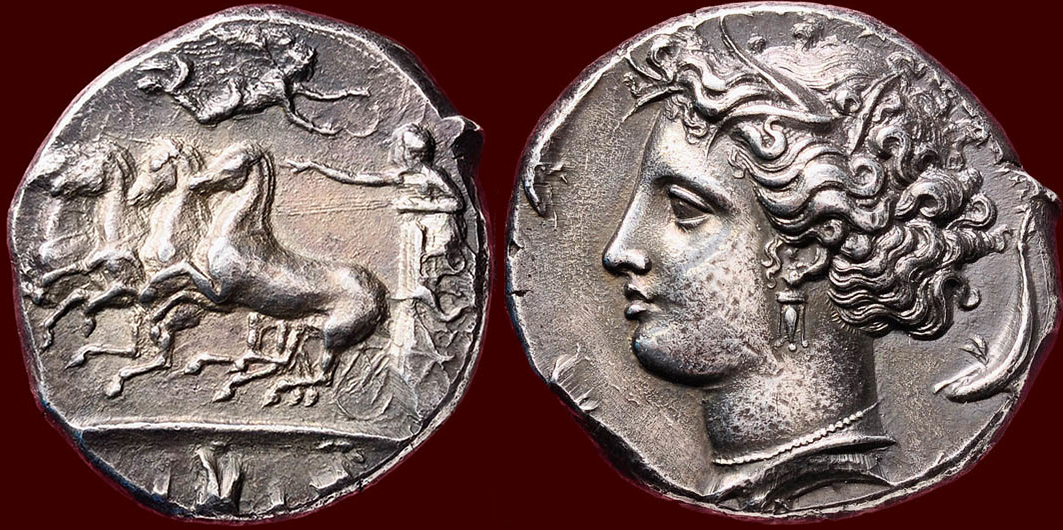
137,500.00 US$
405-367 BC – AR Decadrachm with signed dies of Euainetos
Catalog: Dionysios
weight 42,78gr.
The signed dies are made by the artist Euainetos.
Obv. Charioteer, in flowing chiton and holding goad and reins, driving racing quadriga left above, Nike flying right, about to crown charioteer with wreath in exergue, panoply of arms: cuirass between two greaves, with Phrygian helmet to right.
Rev. Head of Arethusa left, wearing wreath of reeds, triple-pendant earring, and necklace ΣΥΡΑΚΟΣΙΩΝ above. Around, three dolphins swimming, while a fourth makes dorsal contact with neck truncation below, EYAINE
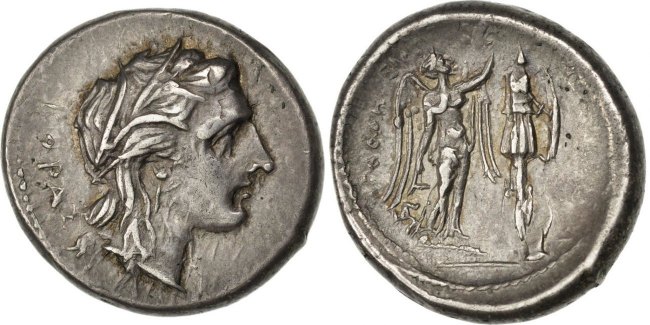
1,980.00 US$
Weight: 17.10 g
NGC certificate number: 2048209-016
History of Syracuse
The history of Syracuse is very interesting. It was founded in 734 B.C. by colonisers from Corinth (Greece). The city grew into a powerful city that, at its peak, could compare himself with the biggest cities in the Mediterranean like Athene and Cartago. Athene tried to conquer Syracuse, but they failed dramatically in 415 B.C. Syracuse flourished because of their wealth that was obtained by trade and their own grain production. This wealth was used to beautify the city in all possible ways.
The wealth also developed their own culture which was reflected as well in their beautiful coins. Every success story has a end and this also applies to Syracuse. Syracuse choose in a conflict between arch-rivals Rome and Cartago the side of Cartago. Rome was not amused by this choice and conquered the city in 212 B.C as punishment. The city perished fast after this defeat. Rome looted the city and took all the art and valuables to Rome.
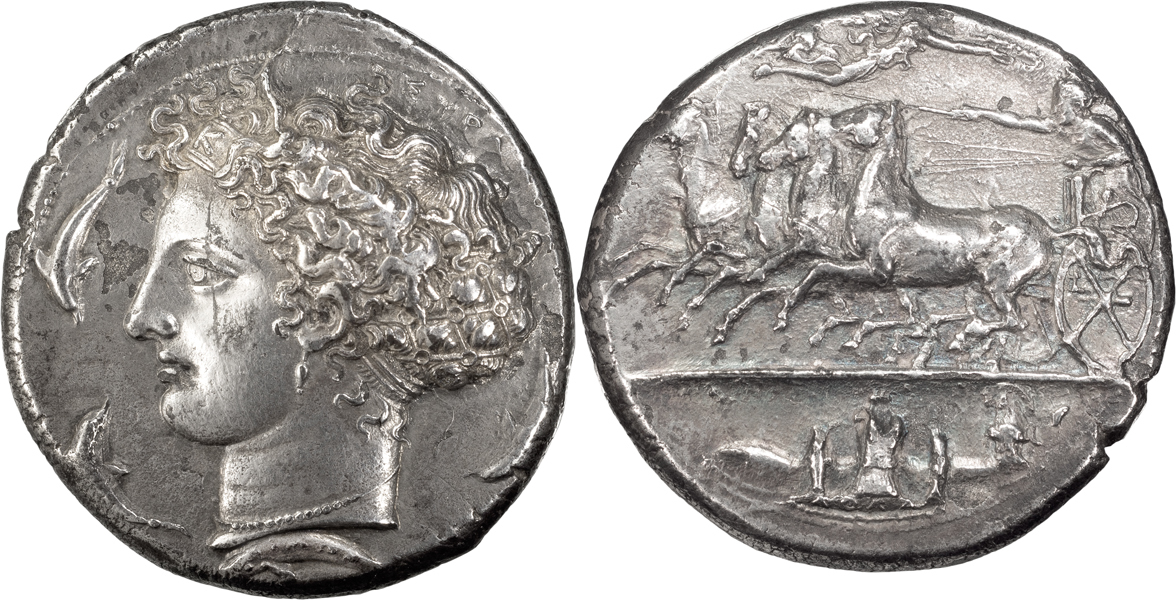
97,000.00 US$
Weight: 41.15 g
Double Signed Kimon; 406-367 BC. Jonkees-3.
Obv: Quadriga left, driver crowned by Victory, armor in exergue.
Rx: Head of Arethusa wearing pearl necklace with “K” signature on headband; surrounded by four dolphins representing that Syracuse was originally an island. Second signature signed “KIMON” on dolphin beneath Arethusa. Formally NGC 3762307-001. This is one of the most famous and desirable coins in the entire Greek series. The head of Arethusa is utterly breathtaking. When held in the hand, the stunning high relief of the head of Arethusa mesmerizes and inspires you.
Coins with the Athenian standard
Syracuse started to mint coins between 520 and 510 B.C. They copied a coin from northern Greece, this coin was first attributed to Olynthus but there are some doubts about this contribution. They did not only copied their image, a quadriga, but also their weight standard which corresponds to Euboean stater and the Athenian tetradrachm. The smaller denominations of Syracuse also reflect the Athenian standard. The ratio 4 drachms per stater and 6 obols per drachm is the same as in Athene.
The copied iconography of the quadriga that is seen much on the coins of Syracuse fits, ironically, perfectly by the Syracusans. First the ruling class and later the tyrants of Syracuse saw themselves as wealthy and important men. They could afford expensive things and could do expensive things like horse racing. Some Tyrants like Hieron I and Dioysios I were famous horse riders and won at the Olympic games some victories. Its therefore that we see most of the time a quadriga at the reverse of the coins of Syracuse or a other scene with a horse rider.
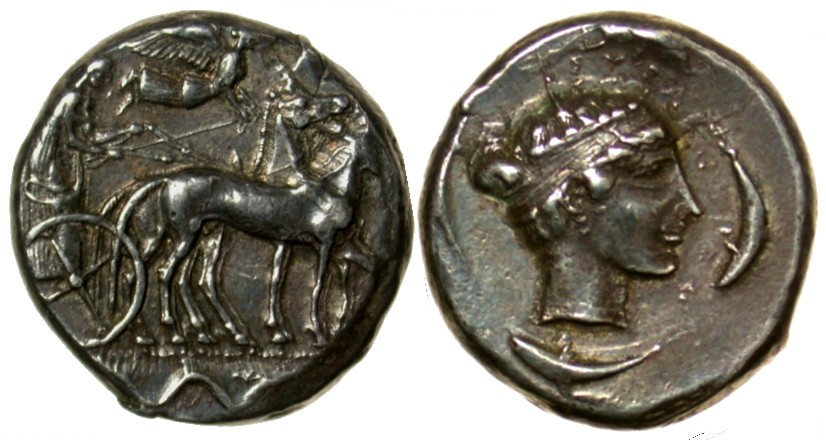
2,425.00 US$
Catalog: SNG ANS 189
Charioteer driving quadriga right; above, Nike flying right, crowning horses; in exergue, ketos right)(Head of Arethusa right; four dolphins around. 17,38 gram, 25 mm.
Coin Iconography
The iconography of the coins from Syracuse also has, as standard in ancient times, gods and mythical figures on it. These gods and figures were strongly united with Syracuse of course.
For me the coins of Syracuse are special because of their artistic level. They are minted with real care and precision, only perfection seems to be good enough here. There is no doubt that these coins were made by real artists. Sometimes the coins are signed by the artists. And I think they deserve al the honour for these coins. Isn’t it awesome that you can own such a piece of art?
Written by
Joël van Dam
MA-Shops brings Collectors and Dealers together
MA-Shops.com is a great example where all the developments come together. It is possible to buy from great dealers world-wide and to take advantage of their wonderful stocks. In this way you will be able to create a great collection. And this can make you more knowledgeable about numismatic topics.
 A Powerful And Flourishing City
A Powerful And Flourishing City







